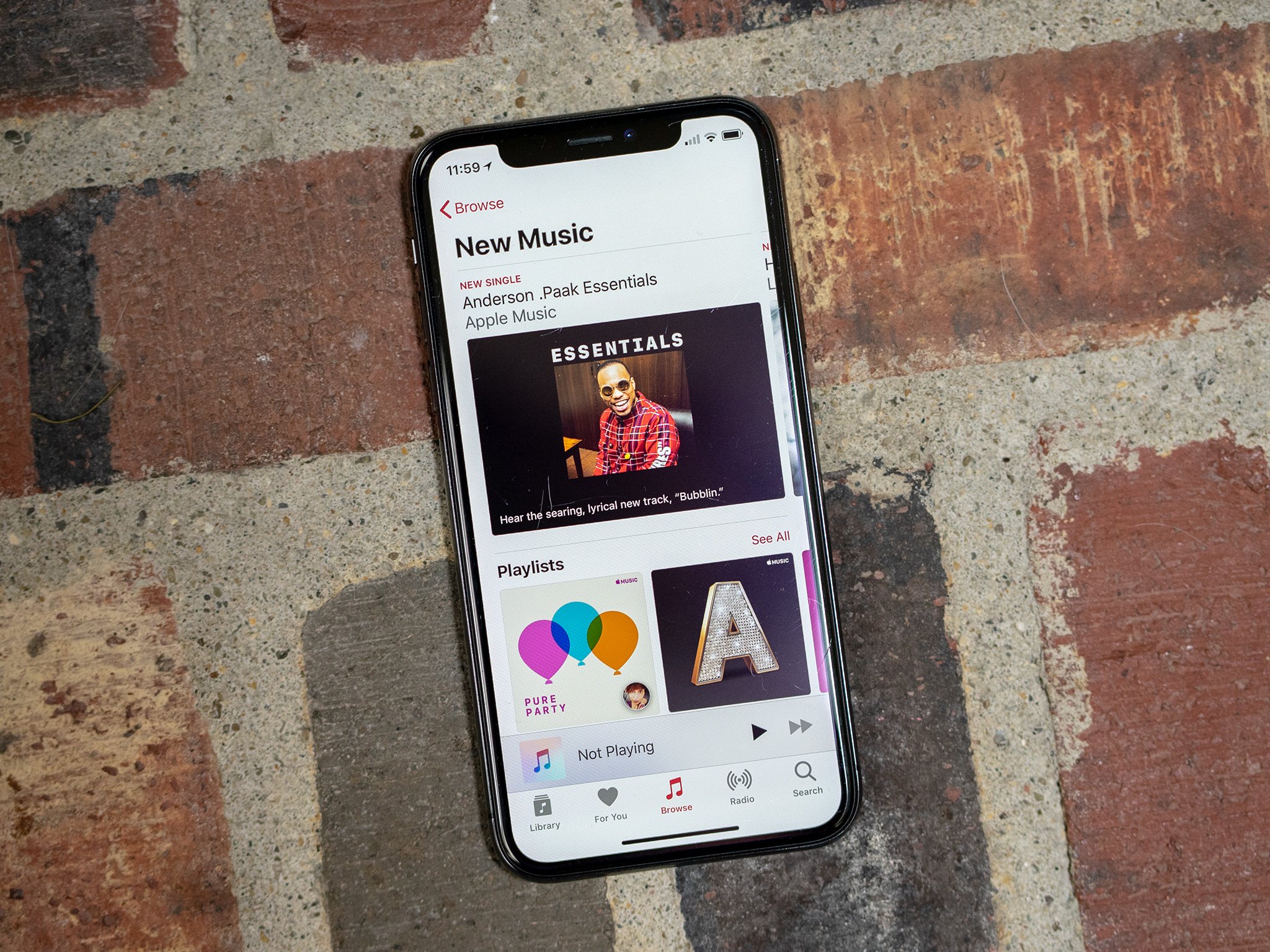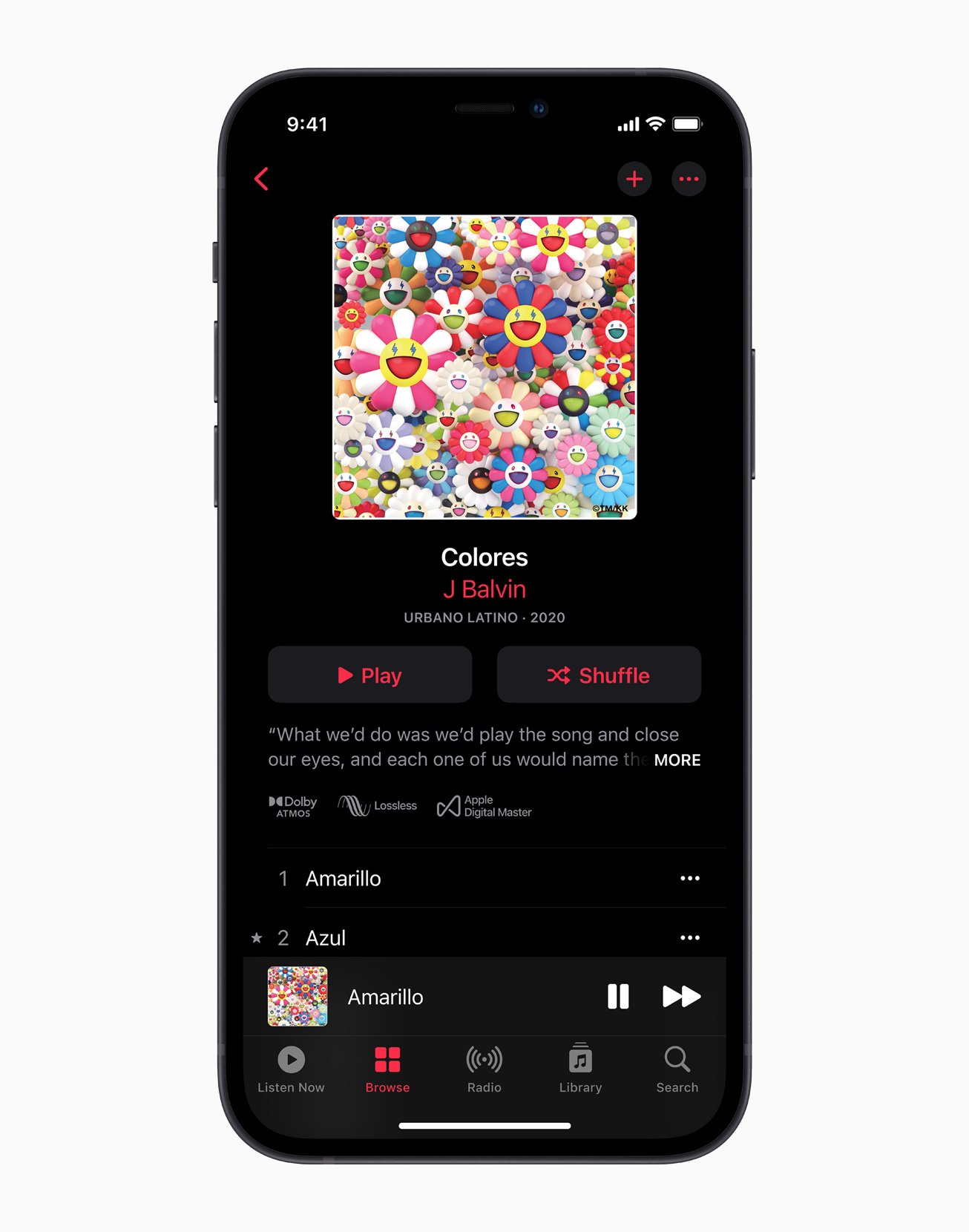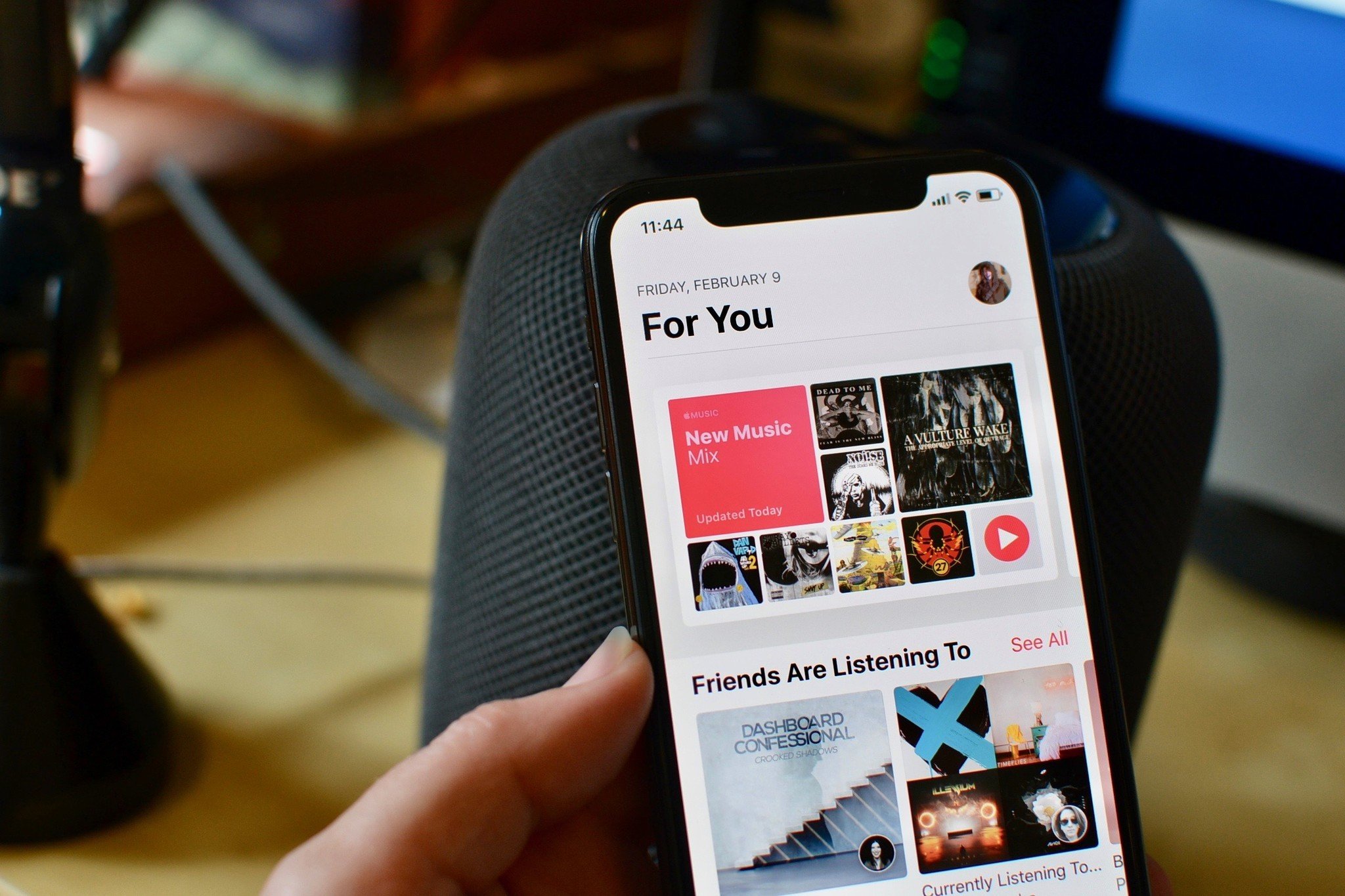Apple Music Dolby Atmos and Lossless Audio: Everything you need to know

Here's a breakdown of everything you need to know about Lossless Audio and Dolby Atmos support in Apple Music.
Apple has finally announced that Apple Music will be offering subscribers the ability to listen to tracks using Spatial Audio with Dolby Atmos or in new Lossless Audio high-fidelity formats that will often much better streaming quality on the service. If you're an Apple Music subscriber, you're likely wondering what this all means and if you'll need a fancy pair of headphones like the AirPods Max to take advantage of the features. Here's a breakdown of everything you need to know about Lossless Audio and Dolby Atmos on Apple Music.
What is Dolby Atmos music?
Dolby Atmos is an audio format that enables sound engineers to mix tracks that make it sound like the music is all around you. It offers a more immersive listening experience because it takes advantage of Spatial Audio.
What do I need to listen to Dolby Atmos in Apple Music?
Anyone listening to the latest version of Apple Music on iPhone, iPad, Mac, or Apple TV can listen to Dolby Atmos tracks on any headphones; however, only Apple and Beats headphones have a W1 or H1 chip that will automatically play tracks in Dolby Atmos when available.
That means if you're listening to Apple Music with AirPods, AirPods Pro, AirPods Max, BeatsX, Beats Solo3 Wireless, Beats Studio3, Powerbeats3 Wireless, Beats Flex, Powerbeats Pro, or Beats Solo Pro, you will automatically hear Dolby Atmos tracks when they are available.
For all other headphones, you'll need to turn on the option to hear Dolby Atmos tracks by going Settings > Music > Audio and set Dolby Atmos to Always On.
You can also listen to the Dolby Atmos on the built-in speakers for the following devices:
iMore offers spot-on advice and guidance from our team of experts, with decades of Apple device experience to lean on. Learn more with iMore!
- iPhone 7 (or later).
- iPad Pro 12.9-inch (3rd generation or later)
- iPad Pro 11-inch.
- iPad (6th generation or later).
- iPad Air (3rd generation or later).
- iPad mini (5th generation).
- MacBook Pro (2018 model or later).
Remember, you'll need to have the latest version of the operating system install on all of the devices listed above for Dolby Atmos to work.
Can my headphones take advantage of Dolby Atmos?
Technically, no. Any pair of headphones can listen to Dolby Atmos; however, certain pairs of headphones will handle the Dolby Atmos tracks much better. If you're using a budget pair of headphones, you're likely not going to really getting the Dolby Atmos experience since those headphones aren't designed to take advantage of the Spatial Audio that Dolby Atmos offers.
How many tracks on Apple Music will support Dolby Atmos?
Apple didn't give a specific number of the tracks available when it launches next month, but they did say "thousands of tracks" will be included when the feature debuts.
On top of that, Apple has stated that it will be adding new Dolby Atmos tracks to Apple Music on the regular and even putting together special Dolby Atmos playlists so you can discover a ton of great music across multiple genres that take advantage of Dolby Atmos.
Also, albums will be marked with a Dolby Atmos badge in Apple Music (see the picture to the right), so you'll always know if Dolby Atmos is available on your music.
When is Dolby Atmos on Apple Music launching?
No specific date was given, but Dolby Atmos on Apple music will be launching sometime in June.
Will Dolby Atmos cost more?
No! Dolby Atmos support will be available with the standard Apple Music subscription at no additional cost. So whether you use an individual plan or a family plan, everyone will have access to the new Dolby Atmos tracks when they launch.
What is Lossless Audio?
Lossless Audio is a file format that compresses the original song without losing data (like other file formats), thus making the music much better.
Apple's Lossless Audio format is known as Apple Lossless Audio Codec (ALAC) and is intended to make music sound much close to what the artist makes in the story. In short, you hear the music the way it was intended to be heard.
What quality is Lossless Audio on Apple Music?
There are different tiers of Lossless Audio. It starts at CD quality, 16 bit at 44.1kHz, and goes up to 24 bit at 48kHz.
If you want even better sound, Apple Music will have Hi-Resolution Lossless Audio all the way up to 24 bit at 192kHz. Keep in mind you'll need an external digital to analog converter (DAC) to take advantage of the hi-res quality.
What do I need to listen to Lossless Audio on Apple Music?
To access Lossless Audio, you'll need to be using the latest Apple Music app on an iPhone, iPad, Mac, or Apple TV, meaning you'll need iOS 14.6, iPadOS 14.6, macOS 11.4, or tvOS 14.6 or later to have the option to listen to Lossless Audio. Still, you'll need headphones and a listening method that can support the ALAC format. This, unfortunately, does not include any AirPods at this time, including the AirPods Max.
Don't forget; you'll need to turn on Lossless Audio in the Settings app by going Settings > Music > Audio Quality and choosing between Lossless and Hi-Res Lossless for cellular or Wi-Fi connections. As mentioned before, Hi-Res Lossless requires an external DAC.
How many songs are available in Lossless Audio?
At launch, 20 million songs will be available in lossless formats, with the entire 75-million song library being available in Lossless Audio by the end of the year.
When is Lossless Audio launching?
No specific date has been given, but Apple Music will start to have Lossless Audio sometime in June.
Does Lossless Audio cost more?
No! Lossless Audio is available with your standard Apple Music subscription at no additional cost. If you have a family plan, all members will have access to Lossless Audio when it launches.

Luke Filipowicz has been a writer at iMore, covering Apple for nearly a decade now. He writes a lot about Apple Watch and iPad but covers the iPhone and Mac as well. He often describes himself as an "Apple user on a budget" and firmly believes that great technology can be affordable if you know where to look. Luke also heads up the iMore Show — a weekly podcast focusing on Apple news, rumors, and products but likes to have some fun along the way.
Luke knows he spends more time on Twitter than he probably should, so feel free to follow him or give him a shout on social media @LukeFilipowicz.



